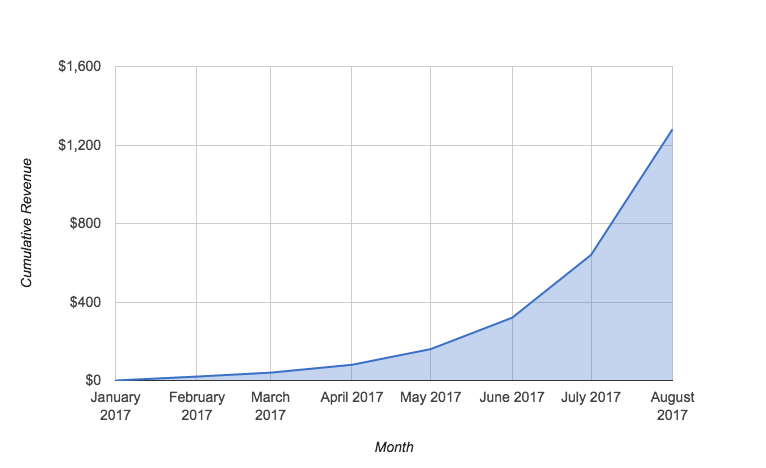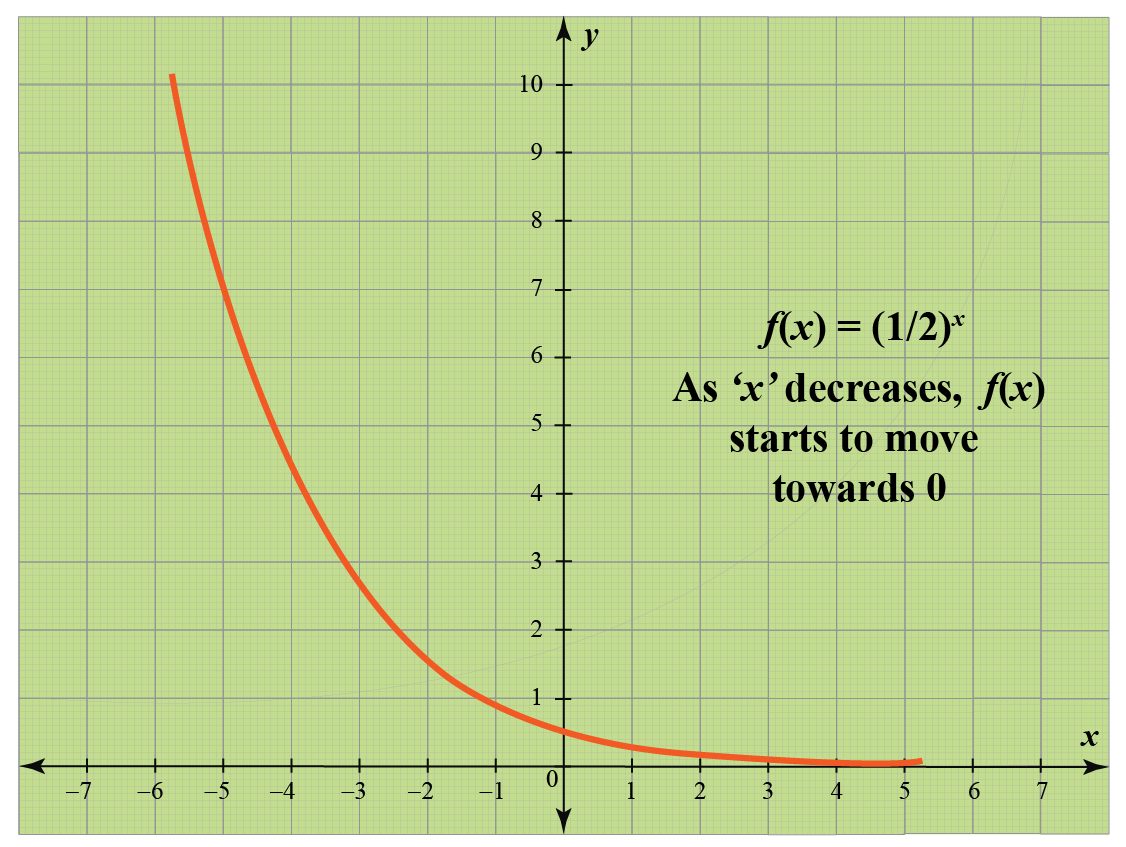

In fact, when x = 0, we get b x = b 0 = 1, and f(0) will always be a.Īn exponential function f(x) = ab x is continuous, since it has no holes (removable discontinuities) or vertical asymptotes (zero denominators).

This is because b x is always defined for b > 0 and x a real number. The reason is that any real number is a valid input as an exponent. The domain of an exponential function is all real numbers. What Is The Domain Of Exponential Functions? The graph of the exponential function f(x) = -4(5 x). Where a is the coefficient, b is the base, and x is the exponent (note that a and b are both real numbers, where a is nonzero and b is positive).įor example, the function f(x) = 2(3 x) is an exponential function with a coefficient of a = 2 and a base of b = 3.
#Exponential growth graph how to#
We’ll also talk about their domain, range, and asymptotes, along with how to graph them. In this article, we’ll talk about exponential functions and what they are. Of course, you can use information about the function (such as the asymptote and a few points on the curve) to draw the graph of an exponential function.

Any exponential function has a domain of all real numbers, but the domain may vary depending on the sign of a. However, this still raises the question of what these functions are and what they look like.Īn exponential function is one with the form f(x) = ab x, where a is the coefficient, b is the base, and x is the exponent. Exponential functions are found often in mathematics and in nature.


 0 kommentar(er)
0 kommentar(er)
